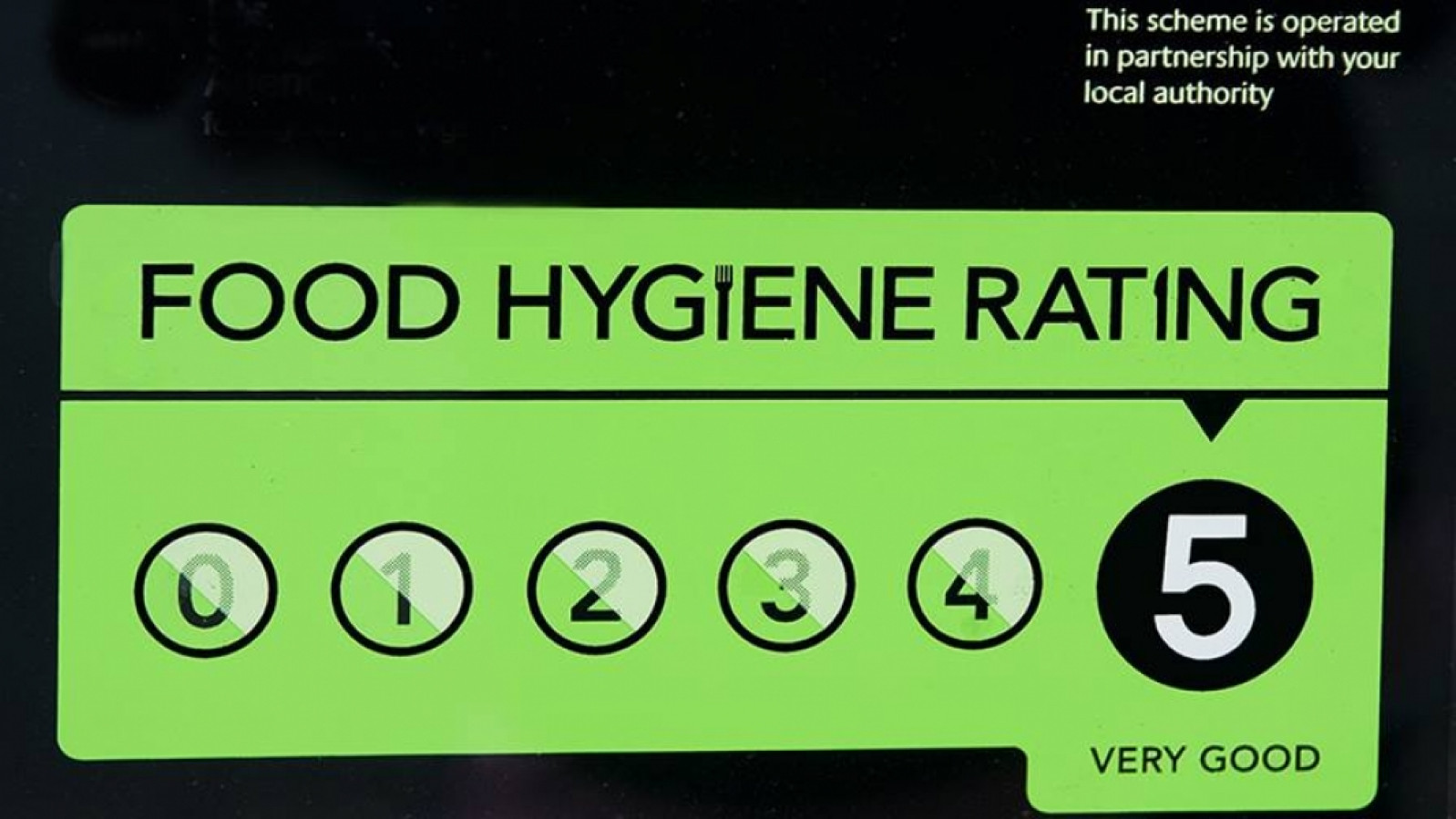YouÂll have seen them hundreds of times when youÂre out shopping or eating, but do you really know what they mean? Food hygiene ratings can be seen displayed in the window of most food-serving establishments these days, with the intention of showing potential customers how good their food hygiene is. But the rating out of five is still somewhat a mystery to many people. And more importantly, if youÂre thinking about setting up a business that serves food, then what does it take to achieve a good score? In this article, weÂre going to take a look at what food safety ratings are all about, what they mean for customers, and what they mean for the proprietor.
The FHRS Law
The Food Hygiene Rating Scheme (known as FHRS) is applicable in England, Wales and Northern Ireland, and was agreed upon in 2008. The aim of this rating system is quite simply to unify the recording and publishing of food standards across the country and encourage better food hygiene. Previously, councils would use their own systems to judge and record food hygiene, which made it difficult to make comparisons. Now, local authorities work with the scheme to give food serving businesses ratings using the same system. In Wales and Northern Ireland, the business is legally obliged to display their rating, and such a requirement is likely to happen in England soon.
What Do the Food Hygiene Ratings Mean?
The score is out of five, which means there are six possible ratings, as zero is also counted. The ratings are the following:
0 - Urgent Improvement Necessary
1 - Major Improvement Necessary
2 - Improvement Necessary
3 - Generally Satisfactory
4 - Good
5 - Very Good
How is the Rating Worked Out?
Of course, we canÂt know what ÂGenerally Satisfactory truly means unless we know how the ratings are actually worked out. Fortunately, itÂs more straightforward than you might think. There are three major elements that food safety officers will check when they come up with the rating. They are the following:
- Firstly, the inspector will look at how safely the food is handled in practice. This is arguably the most important point, and looks at the way the food is stored, handled and prepared prior to being stored.
- Next, the premises must be appraised. The condition of the building is very important, and itÂll be judged on overall cleanliness, its facilities, and layout.
- Finally, the inspector will want to know the kinds of measures that the business takes to maintain their standard of hygiene, such as having their own internal systems and policies.
All three of these elements are taken into account when the food hygiene rating is given, and a business must be performing very well in every area in order to achieve the maximum five rating. Any outlet that does not reach the top rating will be given details as to exactly how this can be achieved in future.
In theory, a high rating should be achievable with all of the information learned from a Level 2 or 3 food safety course. Click to find out more about what a level 2 food hygiene course covers.
Frequently Asked Questions
Here are the answers to some of the commonly asked questions when it comes to the FHRS:
How often are businesses rated?
This will depend on the resources that the local authority has available, and how important the rating is. Premises that handle more significant hazards will be rated more often, as will those that receive poor scores or have complaints made about them.
Can poorly performing establishments be shut down?
Yes. The FHRS does not replace an investigatorÂs ability to close a food business down temporarily if it is found to be a public health risk.
Can businesses improve on their rating?
Businesses that do not achieve the full 5 star rating, but that have improved since, can request that an inspector returns to check on the elements that did not hit excellent standard previously.
Is it easy to find out the rating for a business?
In Wales and NI, the display of the rating is mandatory. This isnÂt the case in England, but you can still search for the information on the governmentÂs website.
Related resources
- What food hygiene certificate do you need? - Click to download infographic
- La Stazione Food Safety Case Study
- Quick and effective online training for your organisation
- Food Hygiene Courses  Buy online today
Author: Emma Brook
Emma works in the marketing design team at Virtual College and works on a variety of print and digital design projects. In her spare time she enjoys going to gigs and the theatre.







